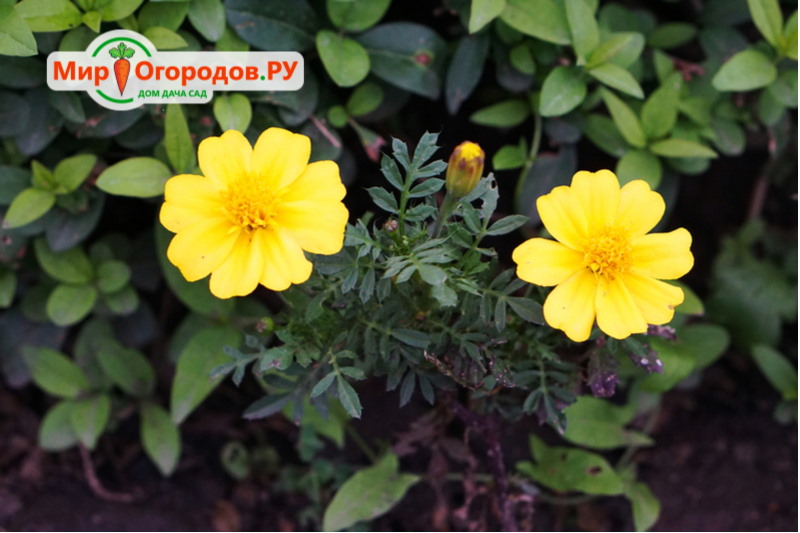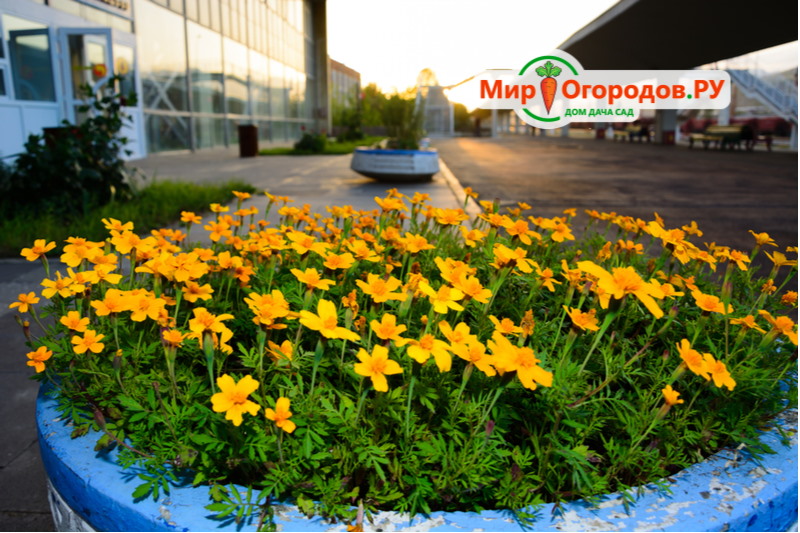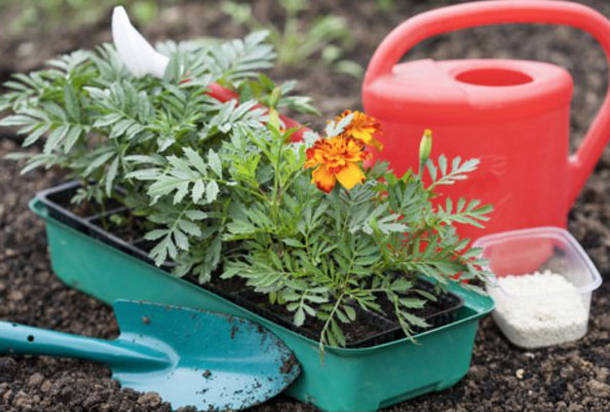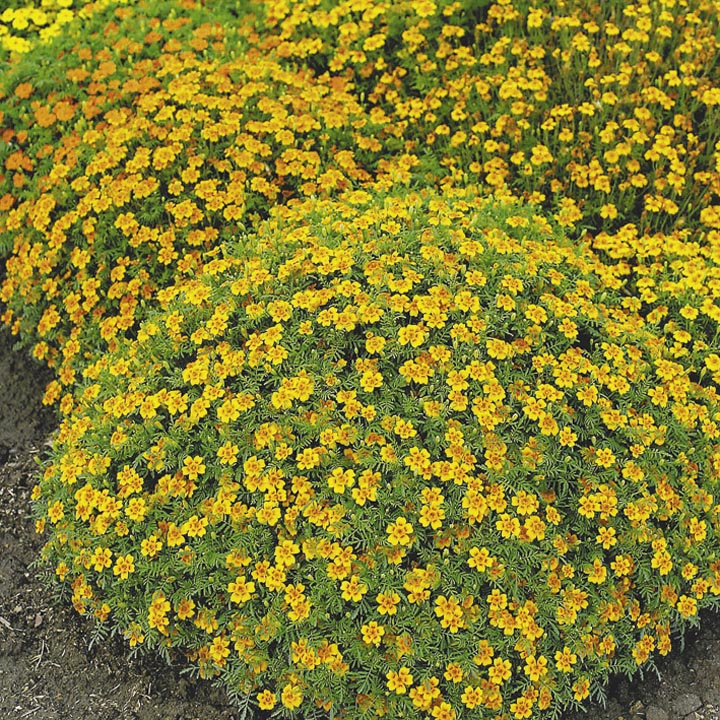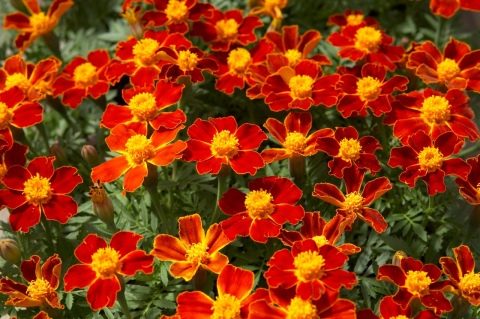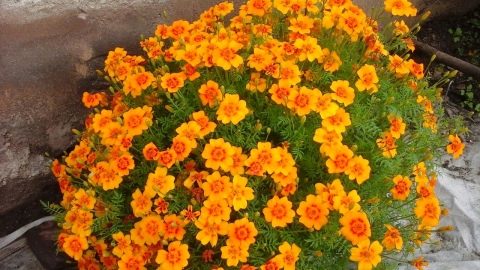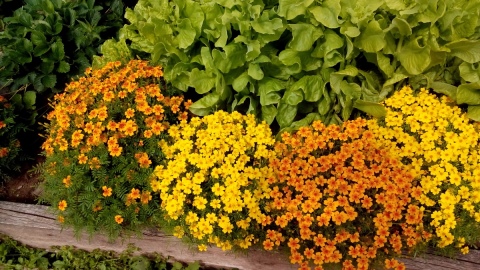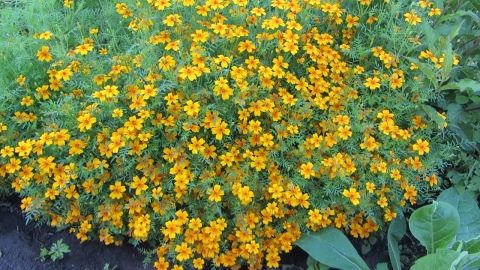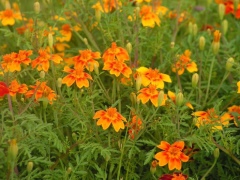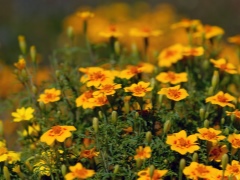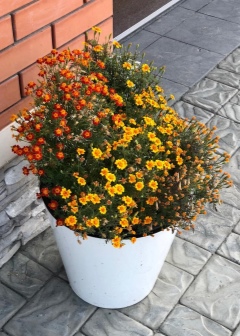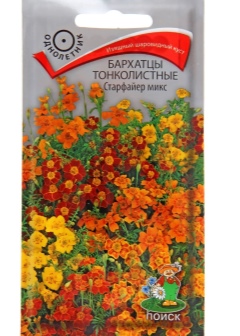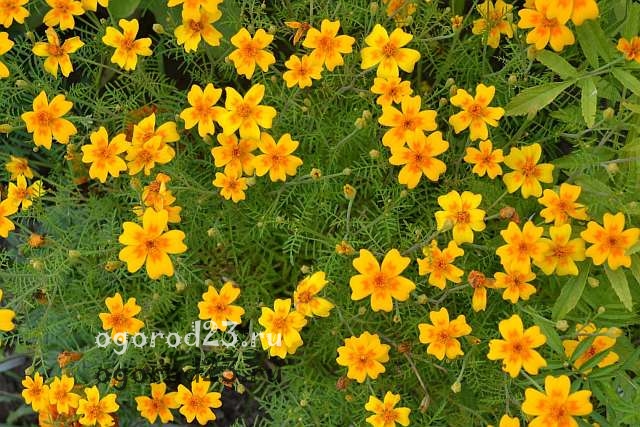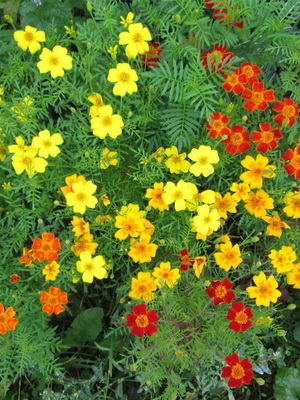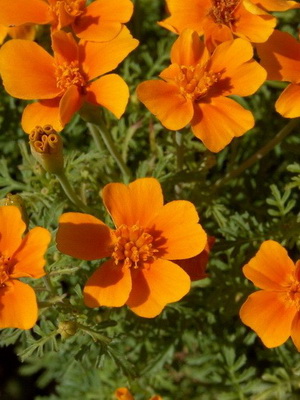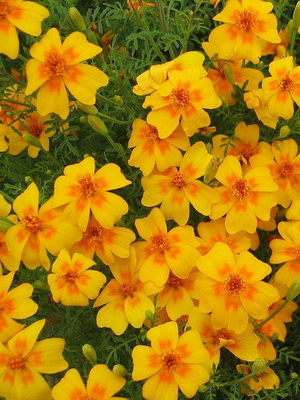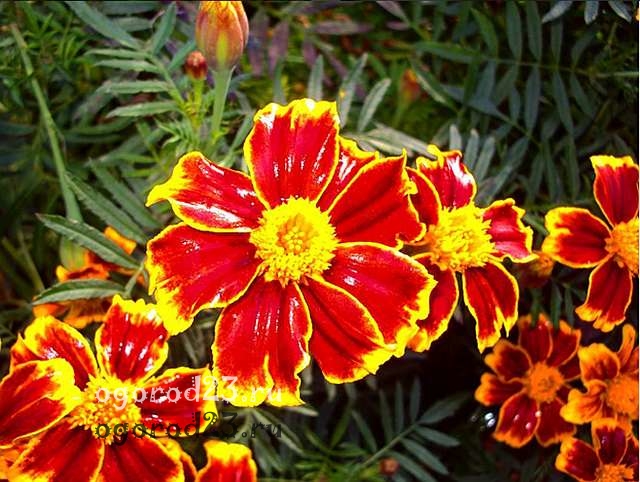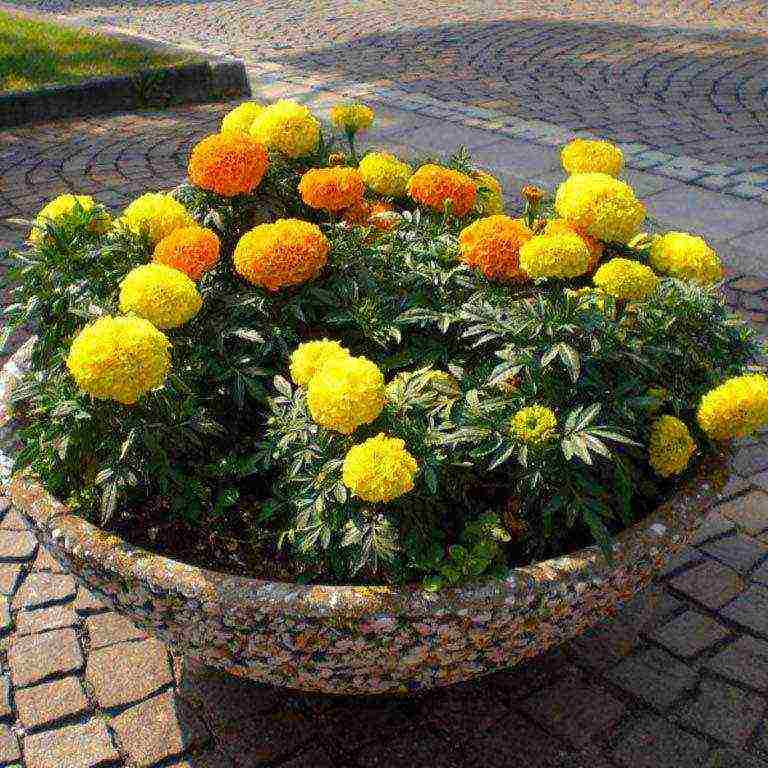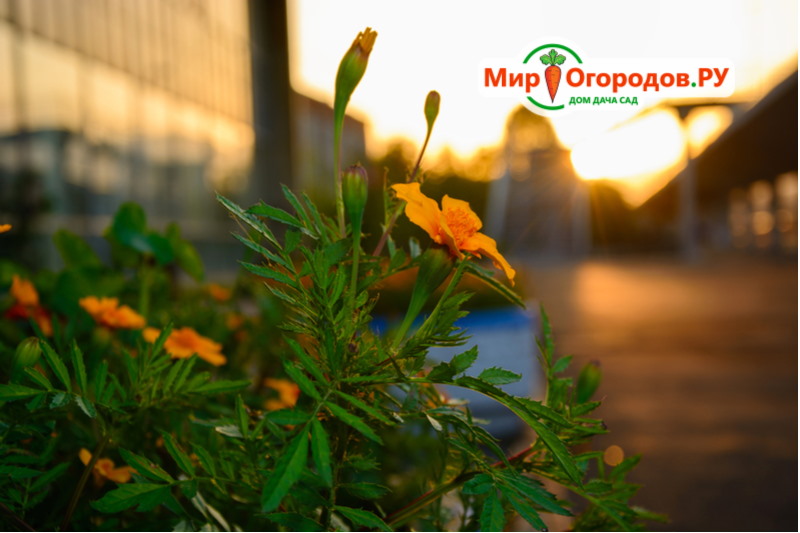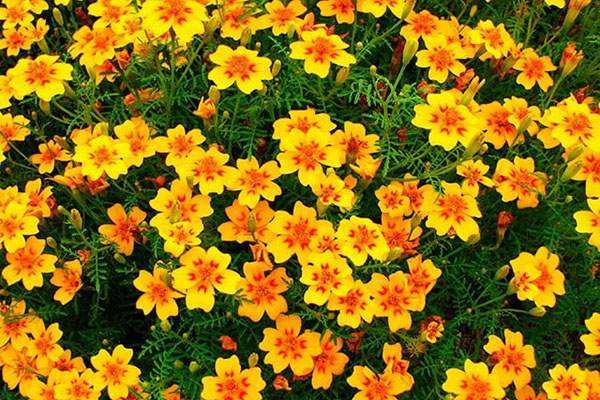Disease and pest control
One of the most obvious symptoms indicating that something is wrong with the plant is the lack of flowering.
The most commonplace that can lead to the absence of buds is improper care. Very often, the cause can be an overdose with flower feeding or the amount of moisture. Or, conversely, too dry soil, dry air and lack of sunlight.
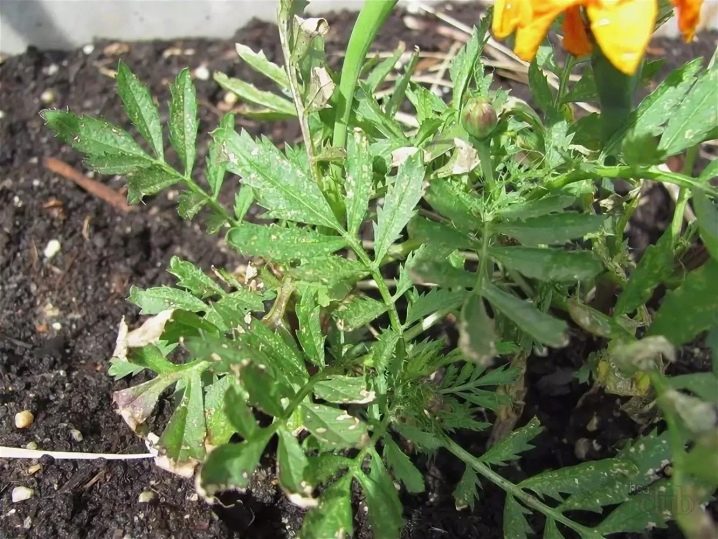
The next problem is the disease caused by the parasite. A whitish coating on the leaves indicates the presence of a spider mite. This pest does not like moisture, so it is necessary to spray the leaves with water from a spray bottle several times a day. But before that, diseased individuals must be removed from healthy ones and returned to their place only after "recovery". This can be done by transplanting to another place.
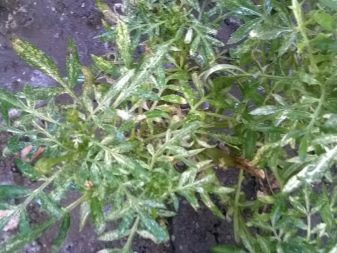
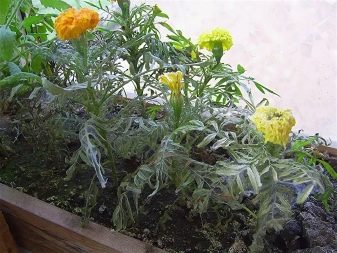
If you notice white spots on the leaves, and the leaves themselves begin to curl up at the edges and sometimes become covered with drops that look like dew, then the plant is affected by powdery mildew (it is common among the people). This fungal disease is considered one of the most dangerous, as it spreads very quickly throughout the plant. This disease steals away nutrients needed by the plant and interferes with the healthy photosynthesis process.
First, you need to get rid of all damaged leaves. Do not be afraid that you will remove too much - the fewer diseased parts remain, the higher the chances of recovery for the entire plant. After that, it is necessary to spray all parts of the plant that are on the surface with a sulfur-based fungicide. It is necessary to do this so that the plant looks wet from all sides, as if after a heavy downpour. Some part of the solution will drain and process the soil, but it is better to play it safe and process the soil of the entire flower bed.

It happens that darkened spots of rot appear at the bottom of the stem. This means that the plant was struck by a black leg. It is necessary to immediately get rid of all diseased plants, no matter how small the lesions seem. Healthy ones should be transplanted into another soil as soon as possible, previously disinfected with a dark pink solution of potassium permanganate or a fungicide (the latter is preferable).
If there are no external signs of the disease, but the plant still withers and withers, then this is root rot. In this case, the problem again lies in improper care - it is necessary to follow the rules for watering, fertilizing (not with manure!) And loosening the soil near the plant, but this is only prevention.

All plants affected by viral diseases are also destroyed. This will be indicated by black spots and rust-colored patterns on the leaves.
If the plant looks sick, then do not rush to diagnose root rot. First, you need to carefully examine the trunk of the plant, and if you see suspiciously moving green balls, this is aphid. In small quantities, it is not dangerous, but large colonies interfere with the normal development of the plant, as they devour nutrients, and in addition, they can provoke a fungal infection. To get rid of aphids, you must use any insecticide - "Aktara", "Fufanon" or "Iskra". Each of them lasts about 3 weeks.
Slugs can also attack the plant. You can understand this by the eaten holes in the leaves or damaged stems. Homemade traps made from any materials at hand will help with slugs.For example, under any board, slugs can hide from the light, which means that knowing their location, you can destroy pests. There are also special preparations for the same purposes, for example, "Thunderstorm", which, however, requires protection of the upper respiratory tract of a person. It is much safer to spray the plant with garlic tincture.
The hardest pests to detect are thrips. They hide in the buds of a plant, suck out juices, nutrients and spread various diseases. They also reproduce very quickly. Signs of damage by thrips: small holes in the leaves, a change in the shape of the bud, the loss of petals from the inflorescence. Thrips should be dealt with with systemic insecticides. It is necessary to make a solution from special means: "Intavir", "Actellik" and "Karate".
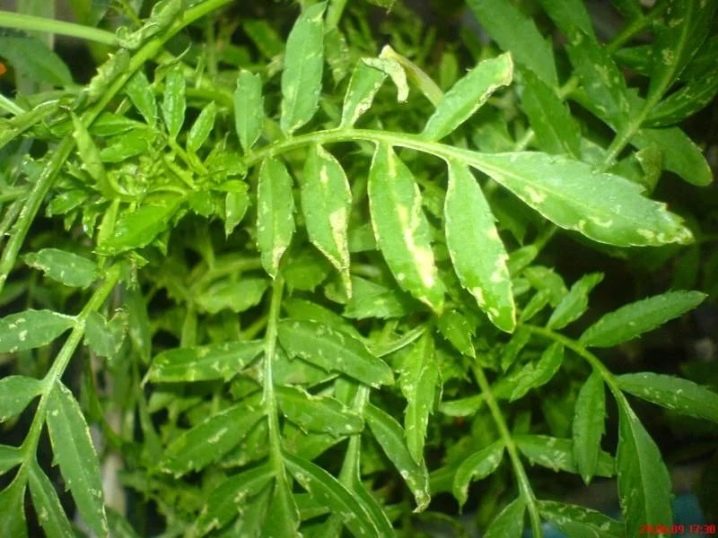
Diseases and pests
An unusual aroma, phytoncides in the composition of marigolds and maintaining a constant high humidity in the flowerbed are a guarantee that pests and diseases will not appear here. Flowers are highly resistant to all diseases and pests, and are also able to protect neighboring crops. True, with high humidity on the site, snails and slugs can multiply or gray rot can form. Pests can be scared away by the smell of bleach by placing small containers with this substance in the flower bed. But it is very difficult to fight the disease.
It is very important to immediately remove diseased specimens from the flower garden.
As a prophylaxis against spider mites, it is recommended to spray flowering plants with onion or pepper infusion (from hot red pepper).
And finally
Erect marigolds are annuals. It is a pity, but in the fall the site will have to be removed by pulling out the faded plants along with the root. In the spring, new seeds and varieties will be planted in the ground. The whole algorithm of actions for growing this flower will have to be repeated. But that is another story
Now I would like to focus on the fact that you should not rush to throw away the plants removed from the flower bed. It is advisable to finely chop up erect marigolds and arrange them in the beds in the garden
Summer residents have long noted that the specific smell exuded by the leaves and stems of the flower scares away larvae and insect pests such as cabbage whites, nematodes, bears and wireworms. During the winter, the plant will rot, leaving an unpleasant trace in the ground for the uninvited guests listed. That's all.
The video will clearly demonstrate the difference between thin-leaved, erect and rejected types of marigolds:
Traditional medicine recipes with Marigolds
Photo of a thin-leaved variety of marigolds Ursula
And how are marigolds generally used. Various drugs, lotions, balms, medicinal infusions and decoctions are made of them, or they are simply consumed raw (sometimes dried). Some popular recipes are presented below.
- People who often sit at the computer are advised to consume 2-3 small plant heads (dark in color) before eating. This will avoid the development of cataracts and maintain visual acuity.
- With pinworms or roundworms, 5 heads of marigolds are used before bedtime. For children, the dosage is reduced to 2-3.
- To keep the lips soft, a marigold balm is made. 2 tablespoons of the chopped heads are mixed with a tablespoon of apricot oil and a third cup of olive oil. The remedy is infused for a week, in a dark place. Then it is filtered and the lips are lubricated with the resulting liquid, if they are chapped.
- If the skin is irritated, prickly heat, minor inflammations appear, you can make a soothing lotion. 2 tablespoons of chopped marigolds are poured with 1.5 cups of boiling water, brought to a boil and insisted for 3.5 hours under a lid. The resulting composition is filtered, the juice of 1 large aloe leaf and 2 tablespoons of water are added. The lotion is used 2 times a day to rub the skin.
- For the treatment of colds, diseases of the respiratory tract, blood, tinctures are used.A tablespoon of chopped flowers is poured into 1 liter of boiling water and insisted for 3 hours under a lid. After that, you need to express the product and use ½ cup 30 minutes before meals for a month.
- For the treatment of diseases of the nervous system, anxiety, insomnia, you need to take baths with a decoction of marigolds (1 tbsp. L. Is poured with a liter of boiling water and infused for 3 hours).
You can use marigolds in the garden, vegetable garden, in the personal plot. They have a strong odor that repels various harmful insects, so they are sometimes planted between garden crops. Also, flowers can be planted around the compost heap so that midges and flies do not start.
Marigolds are useful and beautiful flowers. They grow quickly, produce a lot of seeds for subsequent crops, and even have healing properties. This plant is highly valued among the people. They are also used in cooking, as a seasoning, and for decorating the backyard area. The only thing that is required from the gardener is to sow flowers on time, provide them with an abundance of sun and frequent watering before flowering. Then you can count on a lush, bright flowering.
Use in landscape design
Despite the wide variety of modern ornamental plants, marigolds do not lose their positions in garden floriculture and are actively used by florists. There are varieties of marigolds, differing in simple and double shape of flowers, varied color of petals (yellow, orange, red and their shades), size of bushes - high, medium and miniature. Not only marigold flowers have high decorative features, but also their thick patterned leaves.

In ornamental gardening, erect, rejected and thin-leaved varieties of marigolds are used. Landscape design experts note that flower beds made with marigolds do not lose their decorative effect all season. Some varieties of marigolds bloom until the very frost. In addition, they are attracted by their perfect unpretentiousness in care, the only condition for which is good illumination (but they grow well in the shade, they just bloom less intensely).

Marigolds suit any design style, look appropriate in nostalgic compositions and in modern projects. They are equally good in any flower beds of different sizes and fillings, in monoclumba and complex mixborders, in the design of garden paths, borders and platforms. Feel great when grown in containers, stone flower beds and mobile flower beds (for example, in the form of a cart that can be moved to different parts of the garden).


Diseases and pests
An adult plant has a scent that repels many insects, which is why marigolds are used for pest control. But they themselves are sometimes susceptible to infection with various diseases and attacks of insect pests. This is often due to improper maintenance or adverse weather conditions.
Blackleg
Over-watering can lead to blackleg infestation. Young seedlings are susceptible to this disease. Diseased plants should be disposed of immediately, preferably by burning. In no case should you throw them out on the site in order to avoid contamination of the soil. Before sowing, preventive measures are taken to help rid the plant of the disease. For this, seeds and soil are treated with fungicides.

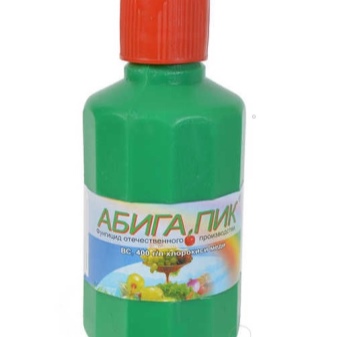
Root rot
If you plant marigolds in open ground during a period of high humidity, then there is a high probability of root rot. Flowers begin to turn yellow and wither, their growth stops. A plant affected by root rot cannot be saved. To avoid disease, you should constantly loosen the soil. Watering needs regular, but not too abundant. Do not plant marigolds too densely and constantly remove weeds.
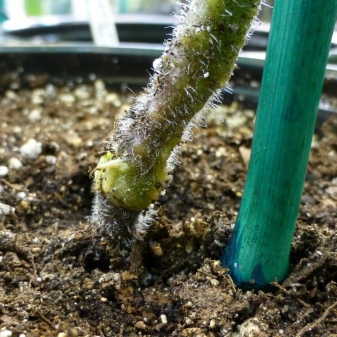
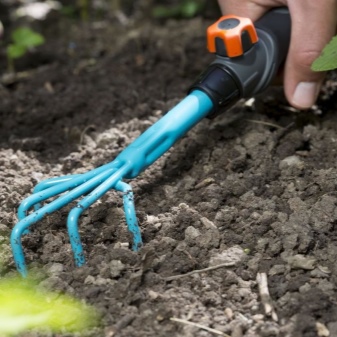
Viral infection of plants
The leaves of flowers are deformed, black spots appear on them, which gradually grow, the flowers take on an unsightly appearance, the seeds are not palpable - these are signs of a viral disease. As soon as the first symptoms appear, the bushes must be pulled out by the roots and burned. It is impossible to cure the affected marigolds.
A healthy adult plant is usually bypassed by insects. But if the conditions for growing marigolds are violated, pests may appear that can destroy them.
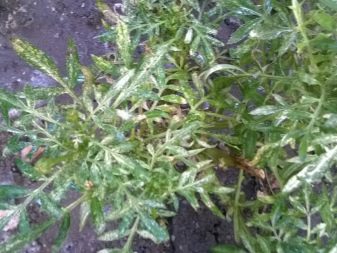
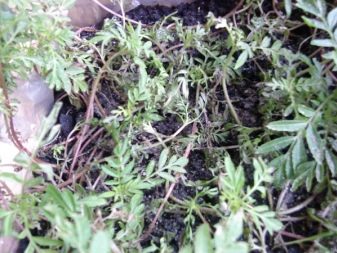
Insect pests that are especially dangerous for flower crops.
Aphid
It rarely appears on marigolds, but if the plant is affected, it chooses the upper shoots and buds. Flowers do not start to hurt right away. But the more the aphid colony spreads along its stems and the longer it feeds on its juices, the faster the marigolds lose their attractiveness and die. In the fight against the parasite, chemicals are effective.
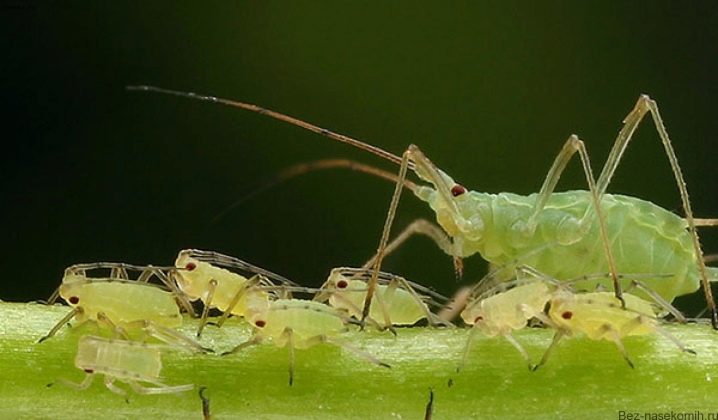
Spider mite
As soon as a light bloom appears on the foliage, you need to start fighting the spider mite. Most often, young, immature seedlings get sick. If the summer is dry and hot, then a completely healthy bush can be infected with insects. You can get rid of spider mites using soapy water and tobacco.
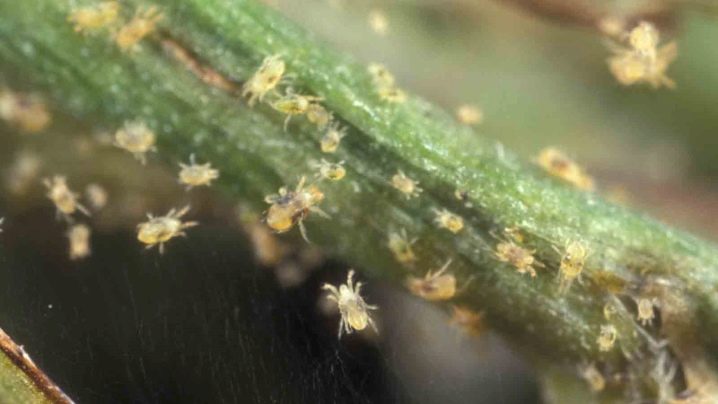
Slugs
They begin to eat the fleshy stems and leaves of marigolds. As soon as constrictions and holes appear on the foliage, this is the first sign of the appearance of parasites. Pests are activated at night, so it is not immediately possible to detect them. A solution of mustard or wood ash is used against slugs and snails.
If you carry out prevention, as well as destroy parasites and treat marigolds for diseases, then they will get stronger faster and will bloom until the frost.
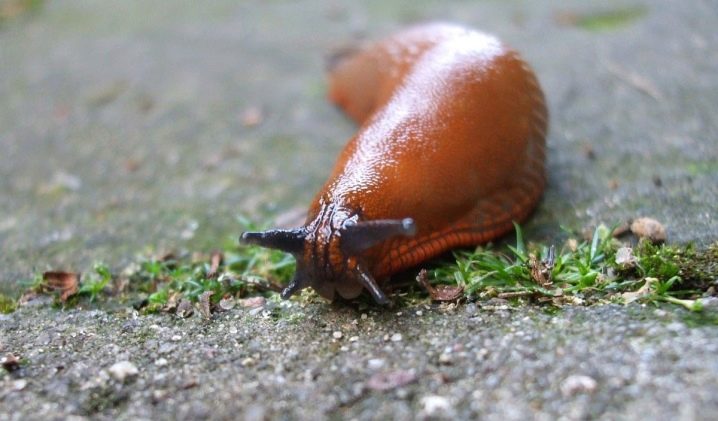
For the nuances of growing thin-leaved marigolds, see below.
Landing: rules and tips
In order for marigolds to develop normally, it is recommended to follow a number of rules for planting them in open ground.
- It is better to plant flowers in the form of seedlings, and not just sow seeds in open ground.
- It is also worth waiting for the constant warm weather to establish. Although these plants are not afraid of frost, it is better to develop and bloom when planted in open ground, when the constant spring heat comes.
- Depending on the variety, seedlings are planted at different intervals. For low varieties - 20 cm, for varieties of medium height - 30 cm, for high varieties - 40 cm. Each plant is planted in a separate hole.
- After planting, they are well watered and adhere to a plentiful watering regime until the seedlings get stronger.
Important. Abundant watering is very important for the further development of marigolds
In its absence, the bushes grow low, with a small number of shoots, and the flowers will be much smaller than they should be.
If the decision is made to plant by simple sowing, then there are two options. The seeds are planted either dry or pre-soaked in warm water for several days. You can find all the details about growing marigolds from seeds here.
- At the planting site, grooves are made 5 cm deep and moistened.
- Seeds are sown at a distance of 5 cm from each other.
- The filled beds are covered with earth or peat.
- After the appearance of a pair of true leaves, the sprouts dive and thin out. As a result, there should be a distance of 20 cm between the plants, 40 cm for tall varieties.
- Until the plants get stronger, they carry out abundant watering and regular weeding.
Lighting
For landing, pay attention to its illumination. Although planting in partial shade and shade is allowed, it is better to plant these thermophilic flowers in areas that are well lit all day.
In these areas, water should not stagnate, since, otherwise, decay of flowers with fungal diseases of the roots begins.
Also, when choosing a place, the future height of the bush is important. Usually, flower borders are formed from low-growing varieties or planted on alpine slides.The rest of the varieties are used as central elements of flower beds or are planted in the background of a flower garden.
Soil requirements
In general, plants are quite unpretentious to the richness and density of the soil on which they grow. To achieve the best results, it is recommended to plant them in neutral loamy soil, which is pre-enriched with minerals and trace elements. For a better oxygen supply, provide good drainage, for example by composting.
Important. You can pre-fertilize the soil with any full mineral fertilizer in full dosage, but manure cannot be used for this.
Marigold care
Marigolds love bright lighting, and although they tolerate partial shade and even shade well, they bloom most magnificently in the strongest sun. During growth, watering should be sufficient, but as soon as inflorescences begin to form, watering must be reduced so that moisture does not stagnate: this plant rot and does not bloom. Fertilizing marigolds is not at all necessary, but if you nourish them, marigolds will respond to this with gratitude. You need to feed with complex fertilizers when the seedlings reach a height of 10 cm, then when the first buds appear and, finally, at the very beginning of flowering.
Marigolds need regular weeding and loosening of the soil, otherwise it is difficult for them to breathe. In summer, if the marigolds are overgrown, prune them to form beautiful shrubs. Remove dead buds and the plants will bloom even more. The peculiar aroma of marigolds and the phytoncides contained in them serve as protection against fungal diseases not only for the plants themselves, but also for those that grow in the neighborhood. It is not for nothing that many flower growers frame the entire garden plot with marigold plantings. But if the summer is too wet, then snails and slugs may appear. They can be scared off by the smell of bleach placed in jars between plants.
Sometimes gray rot appears on the leaves and stems. In this case, the affected plants will have to be destroyed so that they do not infect the rest of the marigolds. In a dry summer, plants can be attacked by a spider mite, which will have to be fought by spraying with an infusion of onions, yarrow, and red hot pepper. But to prevent this from happening, try to increase the humidity level by spraying water around the marigolds several times a day.

